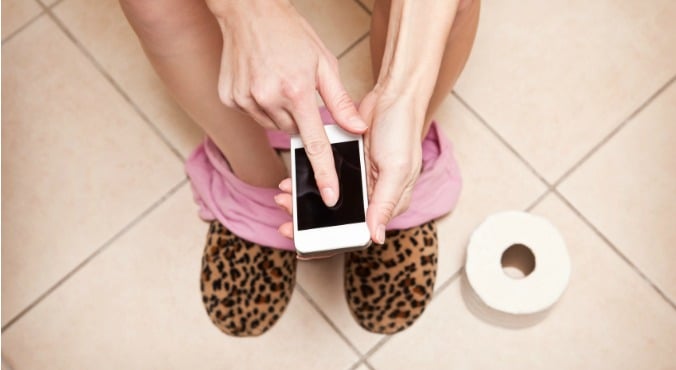
Image via iStock
We all have that friend who’s a complete germaphobe. Mine refuses to touch public door handles, never goes out without a large bottle of hand sanitiser and views public toilets as her own personal hell.
When she does have to use them (and I’m talking serious emergencies only) she confesses she squats, too afraid of sitting down and catching something gross from the toilet seat “where thousands of strangers’ bums have been before”.
But are you really at risk of catching diseases from a toilet seat?
RELATED: Oh dear God, everything you own is probably covered in poop
According to Professor Ross Coppel, Deputy Dean and Director of Research of the Faculty of Medicine, Nursing and Health Sciences at Monash University, the toilet seat is actually probably one of the safer surfaces in the bathroom — as long as it is clean and dry.
“It is difficult for bacteria to stick and survive on something clean and dry. Nevertheless you would certainly over time find various bacteria and viruses there,” he says. (Post continues after gallery.)
The spread of germs will shock you
These include E. coli, of which there is a large amount in our intestines, and Staphyloccous (bacteria that cause staph infections) and Streptococcus species of various sorts which are commonly found on the skin.
“There have been reports of harmful bugs (pathogens) that are found in faeces such as Hepatitis A and shigella, but they are more likely to be on the taps and in the sink than on the toilet seat,” he explains.





























































































